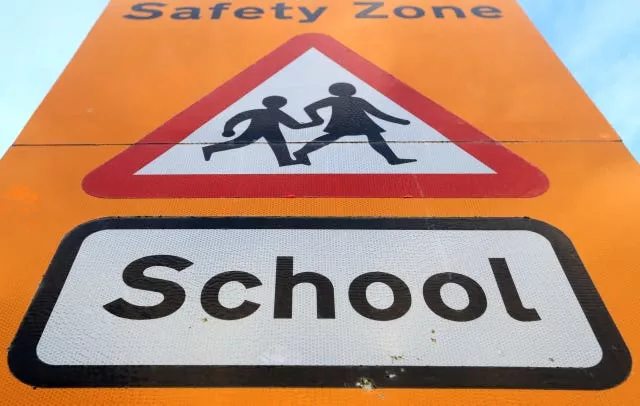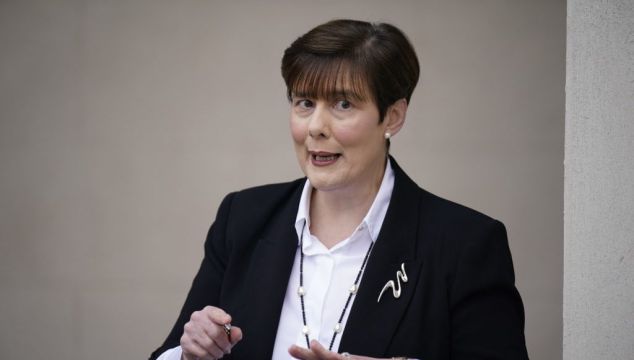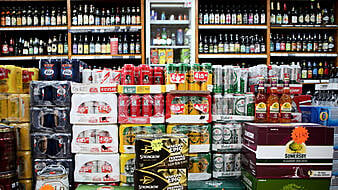The number of schoolchildren eligible for a place on the state’s school transport scheme is set to increase by more than 60 per cent by the end of the decade.
Plans to overhaul the system will also see significant changes made to the distancing rules for students who want a place on a bus.
Minister for Education Norma Foley unveiled plans contained in the School Transport Scheme 2030 report, which also sets out plans to remove the “nearest school” rule.
There are currently 161,000 students using state transport, and the department said that will increase by 100,000 students by 2030.

Under the current criteria, a primary pupil must live at least 3.2km from their school to qualify for a bus place.
This will be reduced to 2km and then eventually 1km for primary pupils.
Secondary school pupils must live at least 4.8km from their next nearest secondary school, however that will be reduced to 2km.
“Over time, the question of your next nearest school will also be eliminated, to create greater choice and greater opportunity and flexibility for parents and guardians in terms of choosing your school,” Ms Foley said on Tuesday.
“There’s a lot more in the review, but it’s a very significant moment because this is the first time since 1967 that we have seen such significant overhaul and review on the school transport system.”
The current fees will remain as they were last year.
Families with a child at primary school will pay €50 for a bus place, while parents with a child at post-primary will pay €75, while a family ticket will remain at €125.
Ms Foley said there will be a review of the costs at the end of the year.
The Fianna Fáil minister also said that the Minister for Transport Eamon Ryan is to commission a report into a Bus Éireann policy which prohibits those over the age of 70 from driving school buses to help address the shortage of drivers.
She also said there is an ongoing campaign targeted a women to become bus drivers.
Ms Foley also defended the length of time it will take to implement the changes.
“I was very conscious, when I became minister, that something needs to change here.
“This body of work has been ongoing for some time,” she added.
“What we are doing is we’re saying we have a vision here.
“It will take time.
“Nothing happens overnight, but we have a very clear step change of what we are doing.
“It’s an enormous body of work.
“The target is that by 2030 there will be 100,000 additional students will be on the buses.”
The current cost of the school transport system amounts to €444 million.
By 2030, the cost will rise to €672 million.
“It’s interesting to note that they (independent auditors) have also said that if we stand still and do nothing at all, the costs by 2030 will still rise and rise to €670 million which is actually even greater,” she added.







